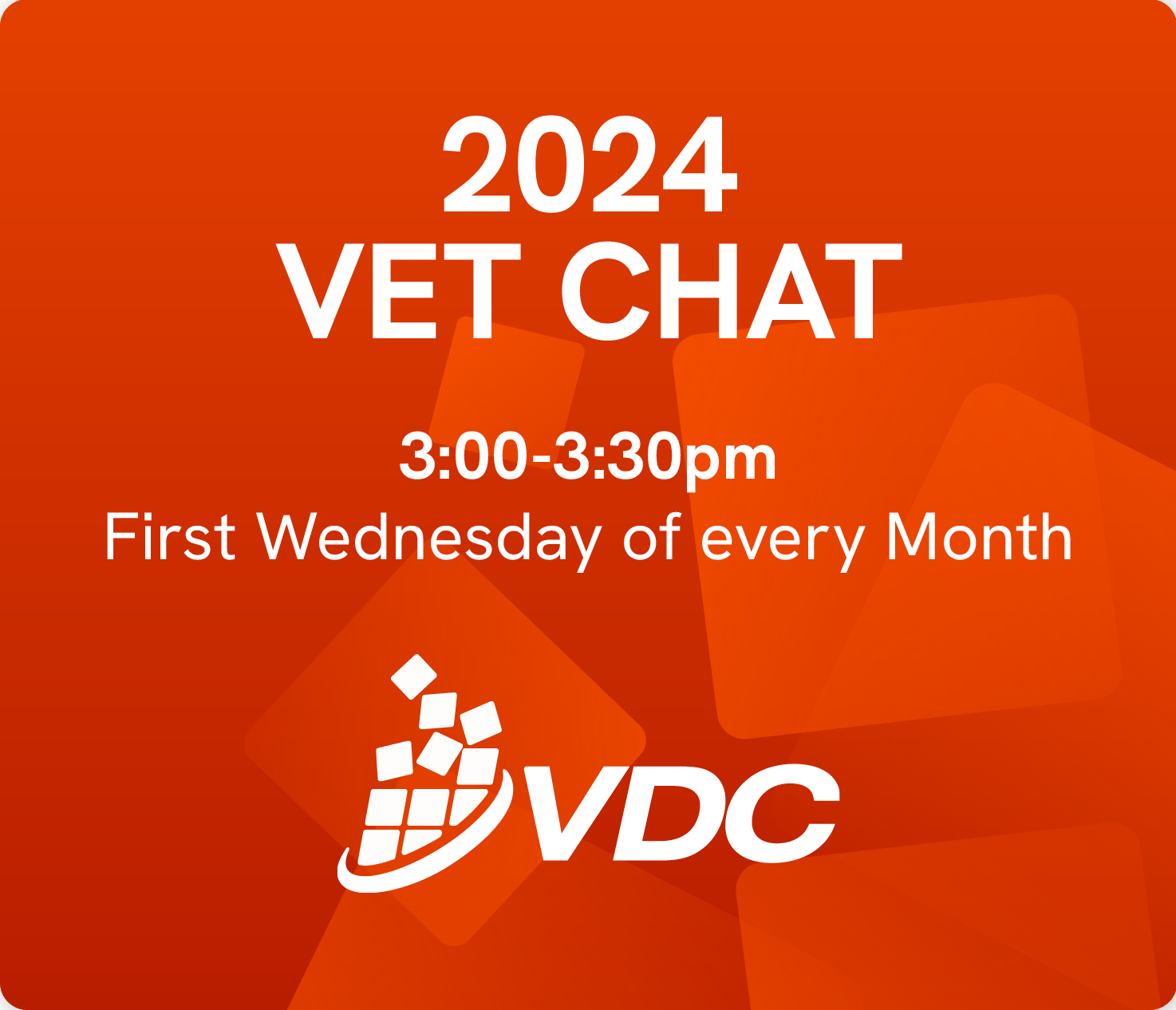The Mitchell Institute’s latest paper looks at VET in the post-COVID world. Whenever that is!
It maintains “the sector is not currently equipped to respond to these questions with the agility and reliability that’s required.” Here’s why they think that.
Why are there issues?
First, the authors – Sarah Pilcher and Peter Hurley – point to “poorly conceived and implemented policies, in some cases exploited by unscrupulous providers.” No less than the Prime Minister told us in a speech to the Press Club in May this year that VET was complex and clunky, and that it was time for change. Well, VET and its funding are complex. The sector has multiple stakeholders and missions, it privileges industry and employability over more intrinsic benefits and has never become a truly national system, the authors suggest. Moves to marketisation have also not worked well, and they maintain that, overall, the regulatory system has also not been up to the task in that it has been more concerned with risk mitigation than promoting excellence. On the other hand, Sarah and Peter remind us that:
“In all the negativity, we can forget the quality providers, committed staff, and students who have just been getting on with it – quietly doing good things. There are providers who work hard to deliver quality, relevant training despite a minefield of changing regulations, funding settings and training package requirements.”
So, there is good stuff happening, but it is hard to find the ‘good news stories’. I know because I am looking for them all the time! What can be done to turn things around?
It’s time for some bold decisions
Well, that’s what this paper suggests! Entitled ‘Skills for recovery: The vocational education system we need post-COVID-19’ it proposes ten ways forward. So, what do they propose? First, clear policy leadership from government is needed, they suggest and they believe that the new National Skills Commission may be a step in the right direction. But what is really needed, they think, is a shared purpose, but also one that acknowledges that the multifaceted nature of VET’s provision means that approaches need to be flexible and fit for particular purposes and stakeholder groups. Second, it’s about looking at the governance structures, and this is something that the Skills Senior Officials Group is interested in too. They also suggest that:
“simply handing the reigns to industry representative bodies is not the simple solution to VET’s problems, and that industry guidance must be guided by a clear vision for the whole sector.”
Sarah and Peter believe that it is time to go back to the drawing board to develop simpler, fairer subsidy and funding models, and address the learning and other personal needs of disadvantaged groups and disengaged post-school learners too.
Regulation also needs looking at and there are signs this is happening with the move by ASQA to look at self-assurance. Sarah and Peter believe an approach which is focused on developing and rewarding a culture of improvement and excellence is what is needed, as well as placing greater emphasis on the professional development of VET’s workforce. The regulatory approach used in the early childhood sector, they think, provides a place to start.
Better and more independent assessment is another issue Sarah and Peter have in their sights, and they suggest possibly taking up the Productivity Commission’s suggestion of introducing ‘proficiency’ grading on a trial basis in some areas. This might provide a way of assessing 21st Century and generic skills better, too.
Other aspects of the system the paper suggests need attention are being responsive to evolving skill needs, and having better information to advise student choice. Skills forecasting is inherently difficult, but this is one of the roles of the National Skills Commission. The NSC’s work is at the macro level, but they believe providers need to be able to address particular needs at the local level too. Dispassionate careers advice can be hard to come by, and maybe this is something the National Careers Institute will help promote. At the end of the day it is readily available and current information that is needed, and this – in their view – requires building “the capability of those who advise others on careers (teachers/trainers/employers) as well as students seeking information about their own pathways.”
Finally, they believe we have to “seize the moment” by taking advice from experts, acting in a timely and decisive manner and taking a collaborative, bipartisan approach. As they conclude, “it’s time to take some big decisions” because:
“The complexity of VET, which has contributed to many of its past challenges, is also a source of agility to respond to uncertain times, if its adaptive potential can be harnessed.”








